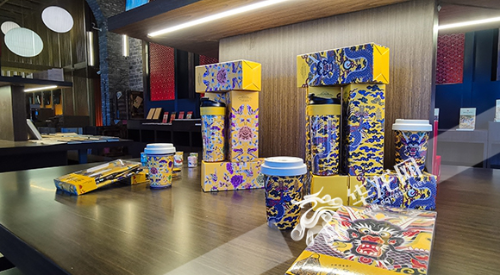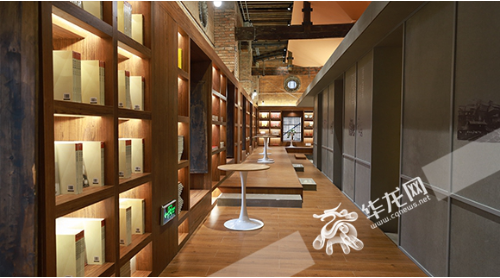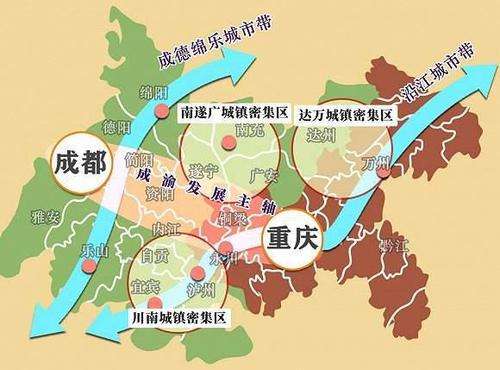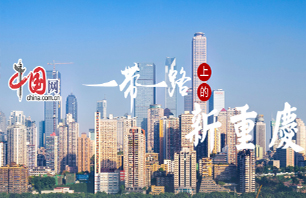 >
双语资讯
>
双语资讯

Specialty mugs in Corner Tower Café
A memorial hall full of history has been quietly transformed on Nanbin Road, which faces the Yangtze River and sits across the river from Chaotianmen Wharf. The preliminary opening of South Removal Memorial of Historical Relics in the Forbidden City was held on December 25, which means that, from now on, the preliminary opening of South Removal Memorial of Historical Relics in the Forbidden City will add a few more cultural flavors to Nanbin Road.

Various books on history, culture, art and ceramic tea sets from the Forbidden City Press available in Building 4 of the Forbidden City Gallery
Preliminary opening of South Removal Memorial of Historical Relics in the Forbidden City
South Removal Memorial of Historical Relics in the Forbidden City was formerly the Andersen Foreign Firm, founded by a Swedish businessman. After the outbreak of the Anti-Japanese War, 3,694 boxes of historical relics from the Forbidden City were removed south along the Yangtze River to Chongqing, where they were secretly stored in the Andersen Foreign Firm on the south bank of the Yangtze. The south removal took more than ten years, passing through more than ten provinces and cities, and the ancestors had to endure hardships to protect the national treasures.
“Now, after years of restoration, this building, which once sheltered China’s splendid cultural heritages, has also been given a new mission in a new era – to become the South Removal Memorial of Historical Relics in the Forbidden City, so that the world can remember its history,” the staff of Nan’an Cultural Management Institute said.
In 2018, the Palace Museum, Chongqing Municipal Development Committee of Culture and Tourism and the government of Nan’an District signed a tripartite cooperation agreement to jointly create the Andersen Forbidden City Cultural Project, a key cultural tourism brand in Chongqing. The Project is based on the former site as a spatial carrier, preserving and revitalizing the existing buildings and their surroundings as a whole. The Project draws on the historical connection with the Forbidden City’s heritages during the Anti-Japanese War period and introduces a diverse Forbidden City culture, turning the former site area into a new urban cultural tourism landmark centered on the South Removal Memorial of Historical Relics in the Forbidden City.
At present, the renovated South Removal Memorial of Historical Relics in the Forbidden City opened for the public to visit for free, including the Corner Tower Cafe in Building 1, the“Chongqing in Modern Open Vision” Photo Exhibition of Historical Sites in Building 2, the Forbidden City Rostrum in Building 3, and the Forbidden City Gallery in Building 4.
Eight buildings stand out and are staggered on the 2,800 square meter space of South Removal Memorial of Historical Relics in the Forbidden City, four of which are buildings for heritage and four are traditional style buildings.
It is introduced that the buildings for heritage are where the Forbidden City’s historical relics were stored back in the day. In full accordance with the principle of heritage restoration, the property owner of the four heritage buildings takes raw materials, original craftsmanship, original form and original approaches to repair and retain these relics to the maximum extent possible.
The buildings have a large collection of historical pictures and relics, as well as various historical, cultural and artistic books and ceramic tea sets from the Forbidden City Press. Here, the great“Cultural Long March” of the war years will be forever remembered as national history and national memory. (Translated by Wang Huixin, Fathom Language Limited)
Editor:Jiang Yiwei












 京公网安备 11010802027341号
京公网安备 11010802027341号